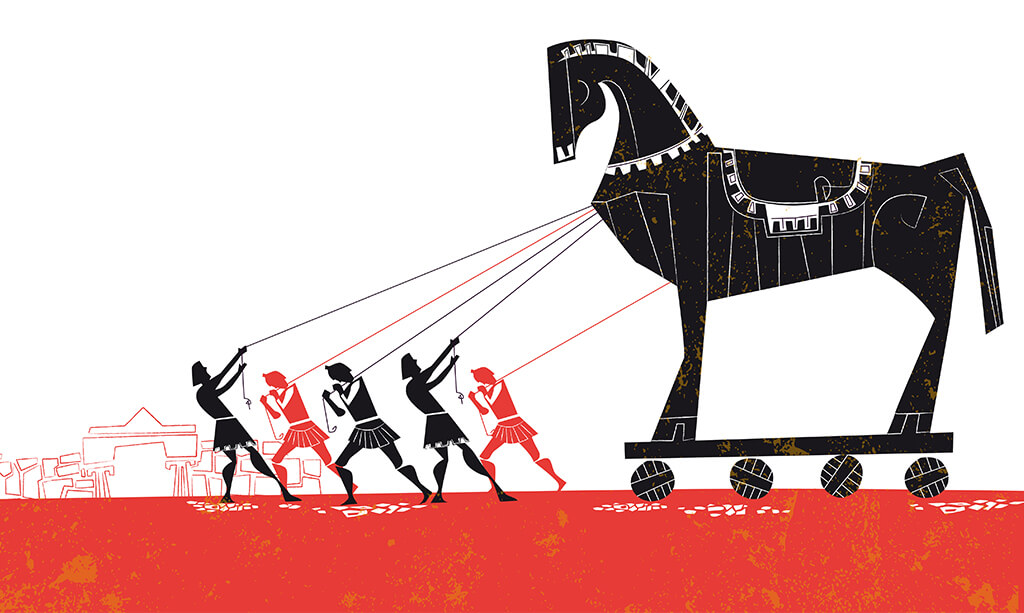
The main goals of this ESL lesson plan are to:
- – Explore ancient history vocabulary including “siege,” “trench,” and historical collocations like “oral tradition” while debating Troy’s existence in this C2 lesson plan.
- – Use passive voice for historical events and master correct year pronunciation through exercises about world history for advanced ESL lessons.
- – Examine historical debates by watching videos about ancient Troy’s reality and engaging in discussions about past events using these English teaching materials.
In this C2 lesson plan, students will watch a video about the ancient city of Troy and understand the arguments on each side of the debate regarding whether or not this city truly existed. They will also have an opportunity to discuss other past events, learn how to express when past events took place, and correctly pronounce years.
Warm-up discussion
The lesson starts with a few history-related questions, with the last one referring to Troy, to check the student’s familiarity with the topic.
Video: Did ancient Troy really exist?
Prior to watching a video, the student gets familiar with the vocabulary which will be used in the video (siege, trench, hoard, ruins, etc.) through a matching exercise. Then, they practice using the new vocabulary in sentences.
The student watches Did ancient Troy really exist? and then answers in-depth questions related to the video material.
They continue to acquire new vocabulary related to ancient history by matching new words to create collocations (oral tradition, founding myth, bygone era, etc.). Next, they match these collocations with their meanings.
Passive voice for historical events
Passive voice is revised through several sentence examples referring to important events in world’s history.
How to read years correctly
The student finally learns how to read years properly and applies this knowledge in a practical activity.

What Do Animals Really Understand?
The main goals of this ESL lesson plan are to:
–…
How Much Money is Enough?
The main goals of this ESL lesson plan are to:
–…
Eyes Wide Shut: Why We Fail to Recognize Our Mistakes
The main goals of this ESL lesson plan are to:
–…


